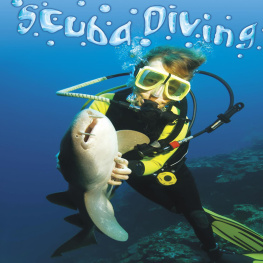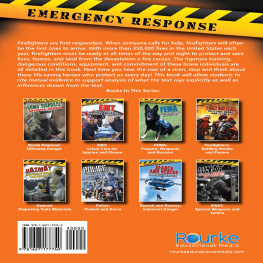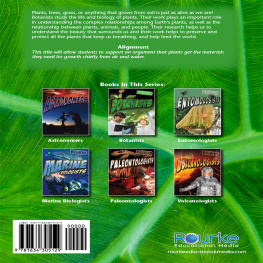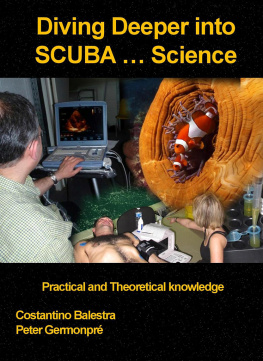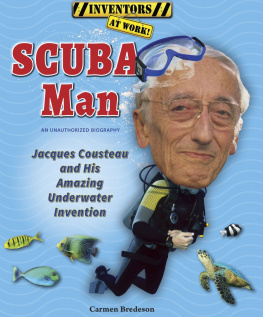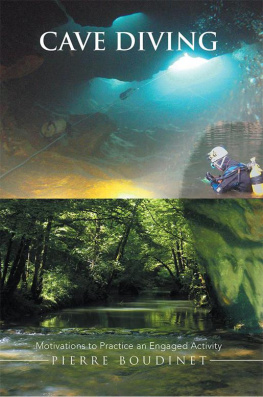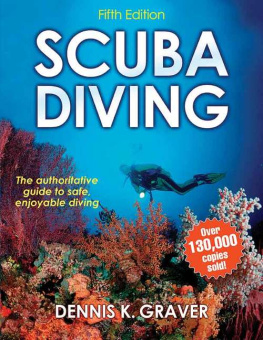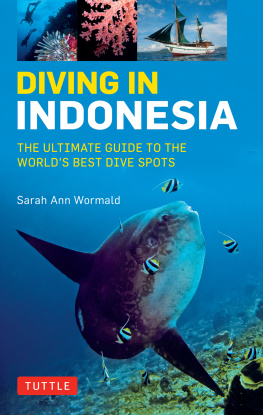Table of Contents
Guide

2010 Rourke Educational Media
All rights reserved. No part of this book may be reproduced or utilized in any form or by any means, electronic or mechanical including photocopying, recording, or by any information storage and retrieval system without permission in writing from the publisher.
www.rourkeeducationalmedia.com
PHOTO CREDITS: Durden Images: cover; Annetje:
Edited by Jeanne Sturm
Cover designed by Tara Raymo
Interior designed by Heather Botto
Library of Congress Cataloging-in-Publication Data
Greve, Tom.
Scuba diving / Tom Greve.
p. cm. -- (Action sports)
Includes index.
ISBN 978-1-60694-364-9
1. Scuba diving--Juvenile literature. I. Title.
GV838.672.G75 2009
797.23--dc22
2009006063
Printed in the USA
CG/CG

rourkeeducationalmedia.com
PO Box 643328 Vero Beach, Florida 32964
DIVING INTO ANOTHER WORLD
Scuba diving is like traveling to another world right here on planet Earth. No other outdoor sport lets a person experience a different world like scuba diving. It opens a fascinating underwater universe to the diver.
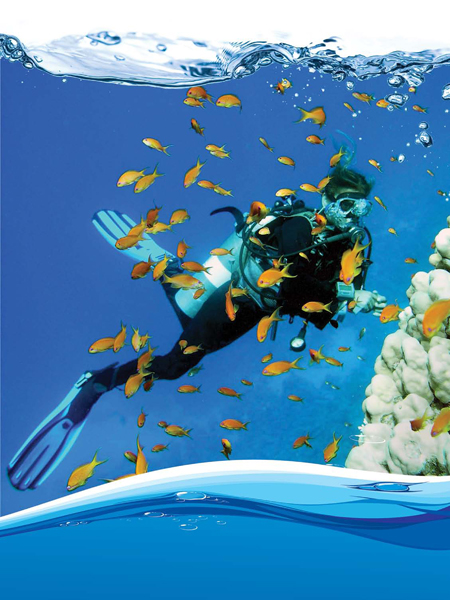
Like astronauts exploring the moon, scuba divers explore the underwater wonders of the sea.
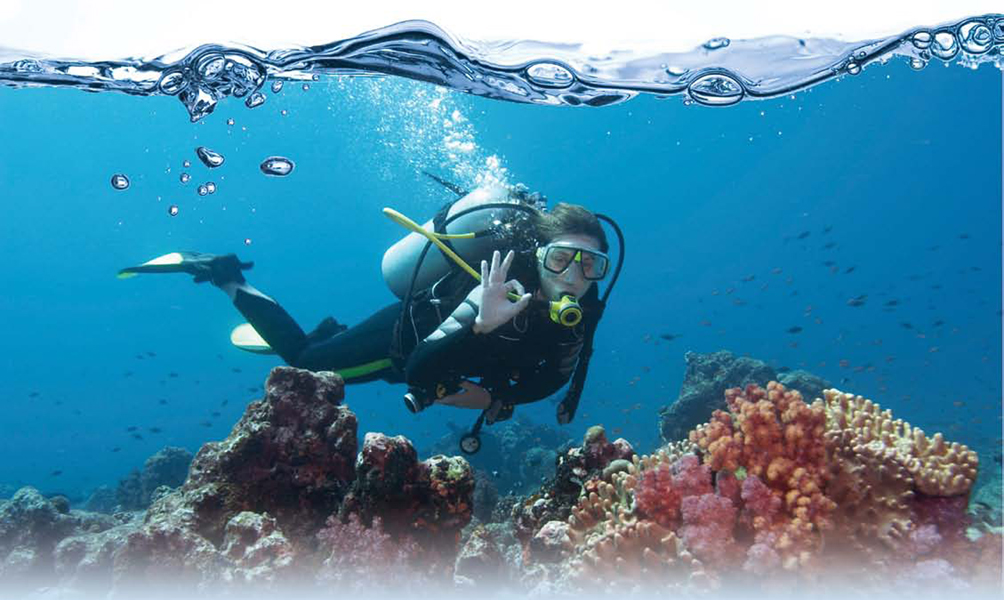
Scuba stands for Self-Contained Underwater Breathing
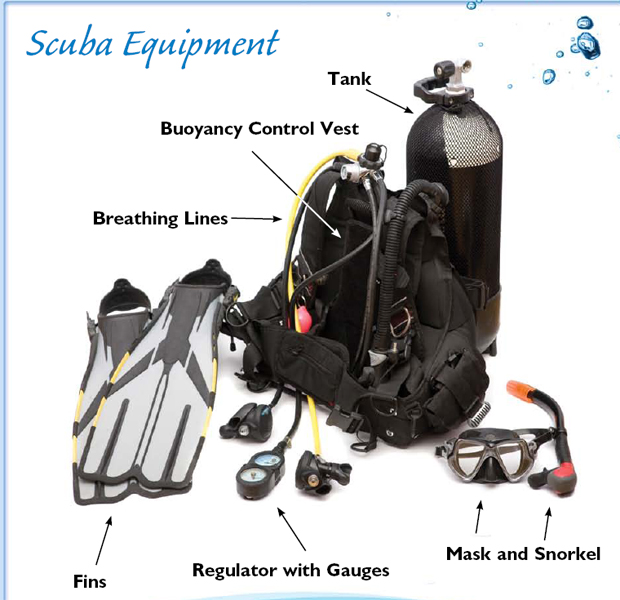
For as long as humans have entered water to swim, they have been limited in their ability to explore the underwater world. In the past century, various advances in underwater air supplies have led to modern scuba diving and made it much easier for humans to explore beneath the waters surface.

French inventor Jacques Cousteau is among the most important underwater explorers and scuba divers of all time.
Advances in Diving Equipment
500 B.C. | Greek historians write about people using hollow reeds as snorkels. |
1600s | Leather suits connected to air pumps at the surface allow divers to as much as 60 feet (18 meters). |
1917 | Diving helmets with air pumped from the surface help divers material from shipwrecks on the sea floor. |
1940s | Jacques Cousteau, using tanks of compressed air and a breathing , invents the Aqua-Lung. It allows divers to take their air supply underwater with them. The invention marks the beginning of modern scuba diving. |
1967 | With scuba diving rising in popularity, the Professional Association of Diving Instructors (PADI) forms and begins official scuba training and certification programs. |
LEARNING TO DIVE
Before ever entering the water, people wanting to dive must take a course to learn how to function underwater using the necessary equipment. Passing this course means a person is certified to scuba dive.
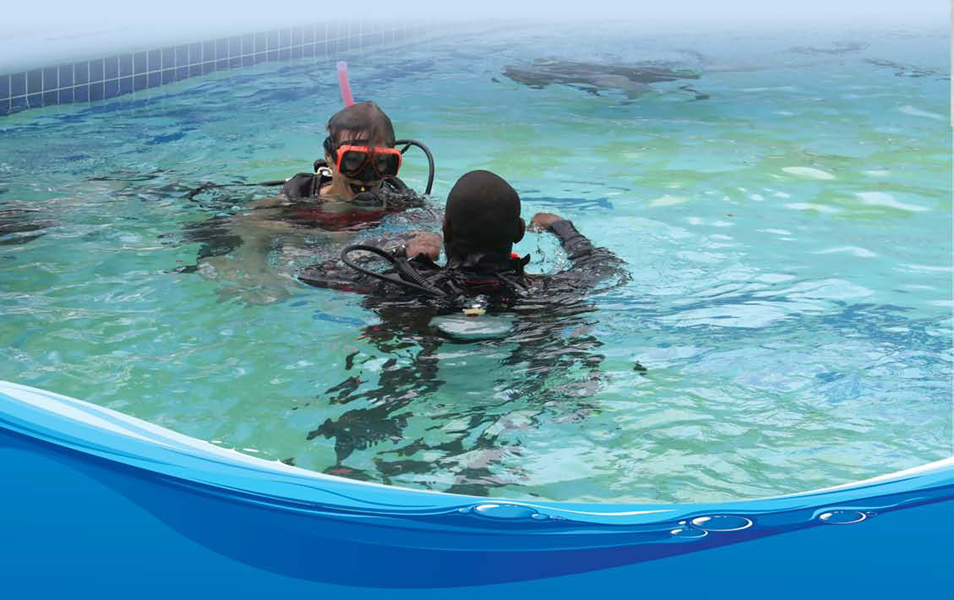
Most PADI courses require students to be at least 10 years old to take an introductory course in a swimming pool.
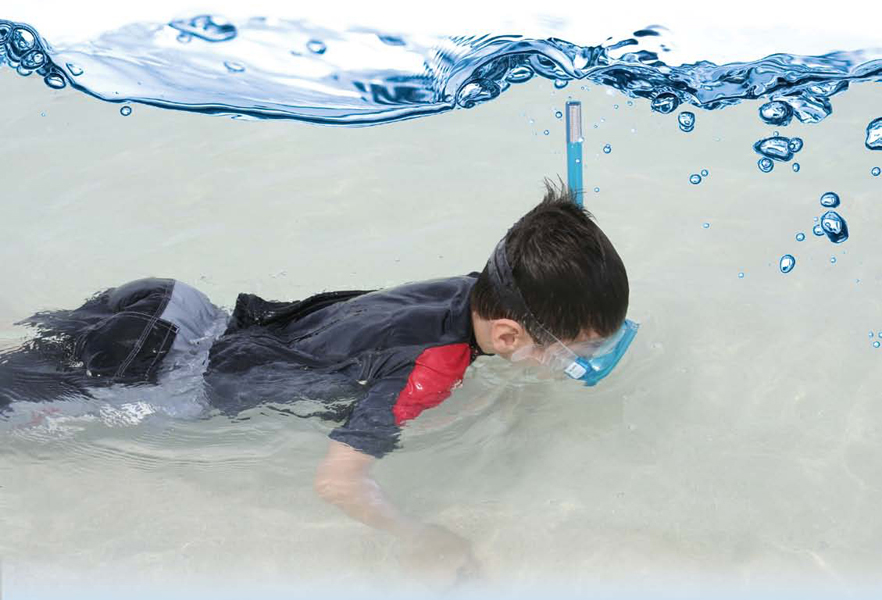
Snorkel ing is a good way for swimmers interested in diving to get comfortable seeing, moving, and breathing underwater.
Diving Discovery Fact
Snorkelers use a mask to see, and fins to move quickly. The
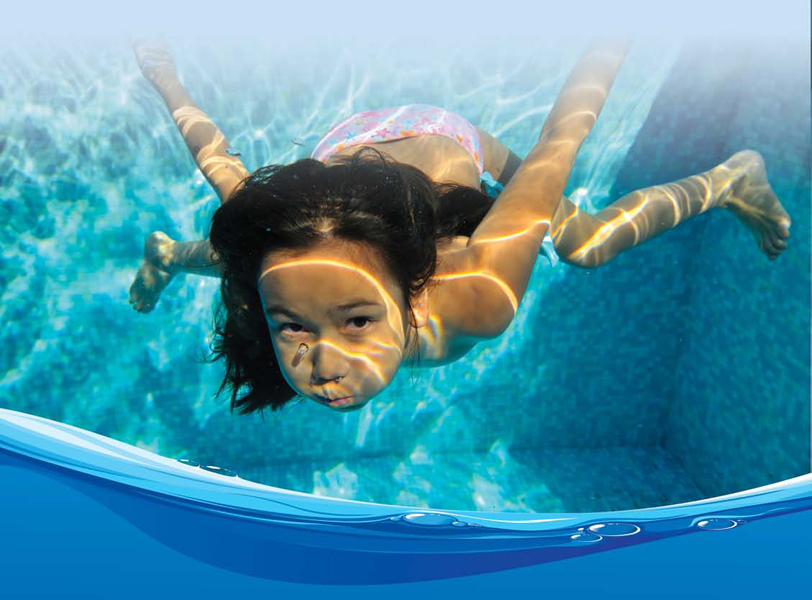
Like any sport, scuba diving requires repetition and practice in order to become comfortable. After all, breathing air underwater does not come naturally for human beings.

Scuba diving does bring an element of danger. As a result, scuba divers should never dive alone.
LIFE UNDERWATER
When divers enter the water, they first must remember to breathe! They adjust their line in case another diver needs to share their air.
Diving Discovery Fact
A scuba diver carries at least a 40-pound (18-kilogram) tank of compressed air into the water. For young or small divers, that might seem heavy, but the equipment becomes almost weightless underwater.
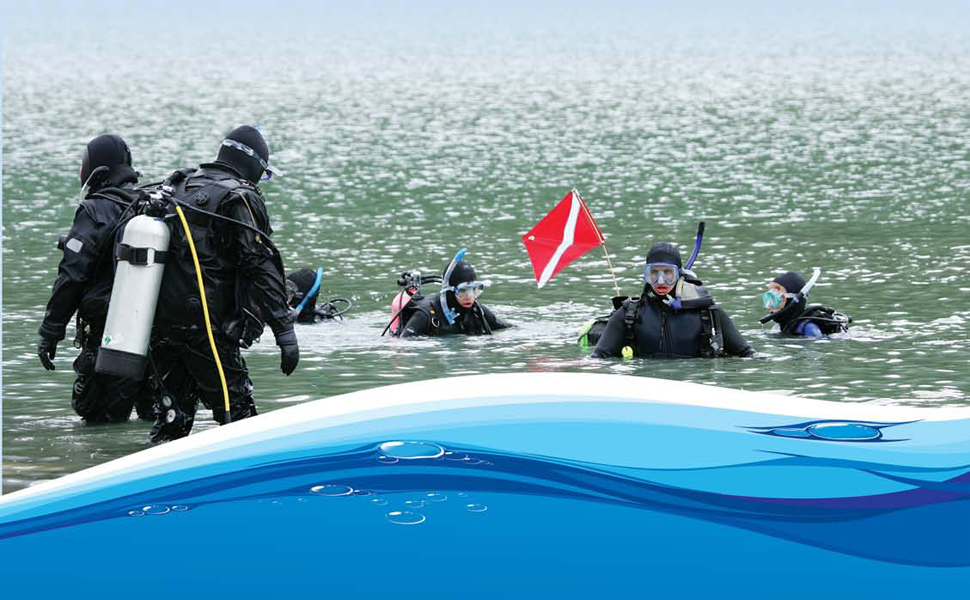
The deeper a diver goes, the greater the danger. Going deeper means a diver is further from the surface, but it also means an increase in water pressure. The waters weight pushes in on divers. Their equipment for the change in pressure, but their air supply runs out faster in deeper water.
A diagonal white stripe across a red field is the international symbol for Caution: Divers Underwater.
Scuba divers head for some of the most .
Diving Discovery Fact
The Great Barrier Reef, off Australias east coast, may well be the king of all scuba diving sites. The waters surrounding this, the worlds largest coral reef, are full of wild underwater plants and animals. Among them is the legendary great white shark.
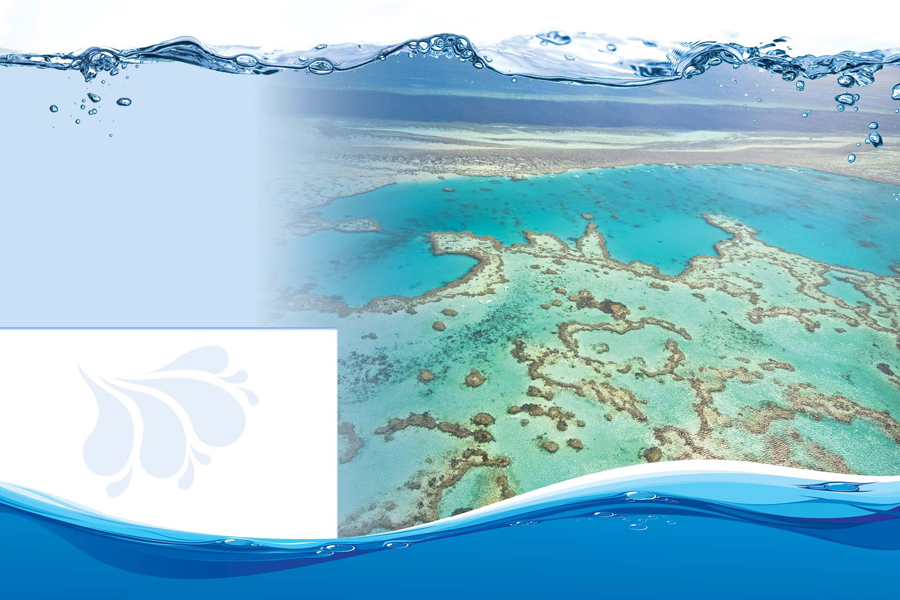
More than a million and a half tourists flock to the Great Barrier Reef each year. Many of them are divers out to explore its underwater scenery.
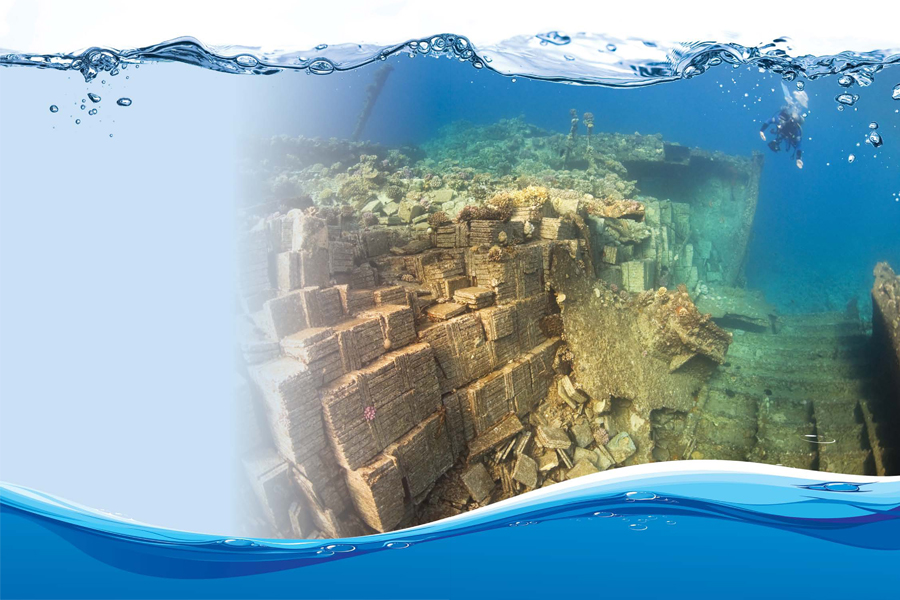
Most people who dive are recreational divers. That means they do it for fun. Commercial divers do it as their job. They dive to perform underwater bridge construction or recover valuable things from underwater places.
Commercial divers sometimes work to bring a sunken ships cargo to the surface for recovery.
SO YOU WANT TO BE A SCUBA DIVER?
If you enjoy swimming and wish you could breathe underwater, scuba diving lets you do just that. Divers leave the gravity of life on land and enter a weightless, world of underwater life forms and scenery.
Diving Discovery Fact
Scuba diving has become popular. More than 900,000 people become PADI certified in scuba diving each year.

